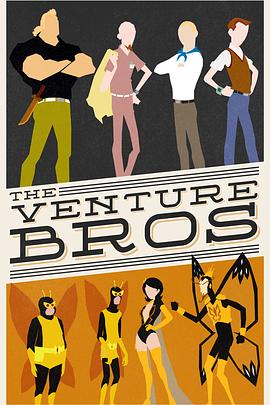Nik
搜索"Nik" ,找到 部影视作品
导演:
剧情:
The warped misadventures of a former boy genius turned washed-up, middle-aged mad scientist Dr. Ru
导演:
主演:
剧情:
J-Pop回来了,在泰国比以往任何时候都受欢迎。许多年轻女孩都梦想加入这个流行女团。她们想成名,想成为焦点,想要穿上最酷的服装在众多观众面前表演。但出道并不容易,这些年轻女孩或“女团成员”得严格遵
导演:
剧情:
Walk With Me follows the emotional journey of a young mother who leaves her husband to find her fo
导演:
剧情:
该剧以收养为主题,描写了一个关于被抛弃孩子悲苦人生的心碎故事。
导演:
剧情:
该剧以收养为主题,描写了一个关于被抛弃孩子悲苦人生的心碎故事。
导演:
主演:
剧情:
德国ZDF和奥地利ORF宣布续订《#维也纳血案# Vienna Blood》第二季,英国方BBC Two和美国方PBS继续加盟。 第二季依旧为3集,下个月在维也纳进入制作,明年播出。
主演:
剧情:
在一个吸血鬼学院,两个年轻女人的友谊超越了她们的阶层,因为她们准备完成学业,进入吸血鬼社会。一个是强大的皇室成员,另一个是半吸血鬼的守护者,被训练来抵御野蛮的“返魂尸”。
导演:
主演:
剧情:
ItfollowsaTexasRangerJaneasheisrecruitedbyBritishIntelligencetotrackdownadangerousterroristandstophimfromattackingLondon.
导演:
剧情:
导演:
主演:
剧情:
魔法世界再临,迎接大规模魔法战斗场面!艾碧嘉居住的城市,曾经充斥着不可思议的黑魔法,却被政府秘密封锁,艾碧嘉的父亲也因此消失无踪。长大的艾碧嘉体内的魔法力量渐渐苏醒,她是否能逃过一劫?











